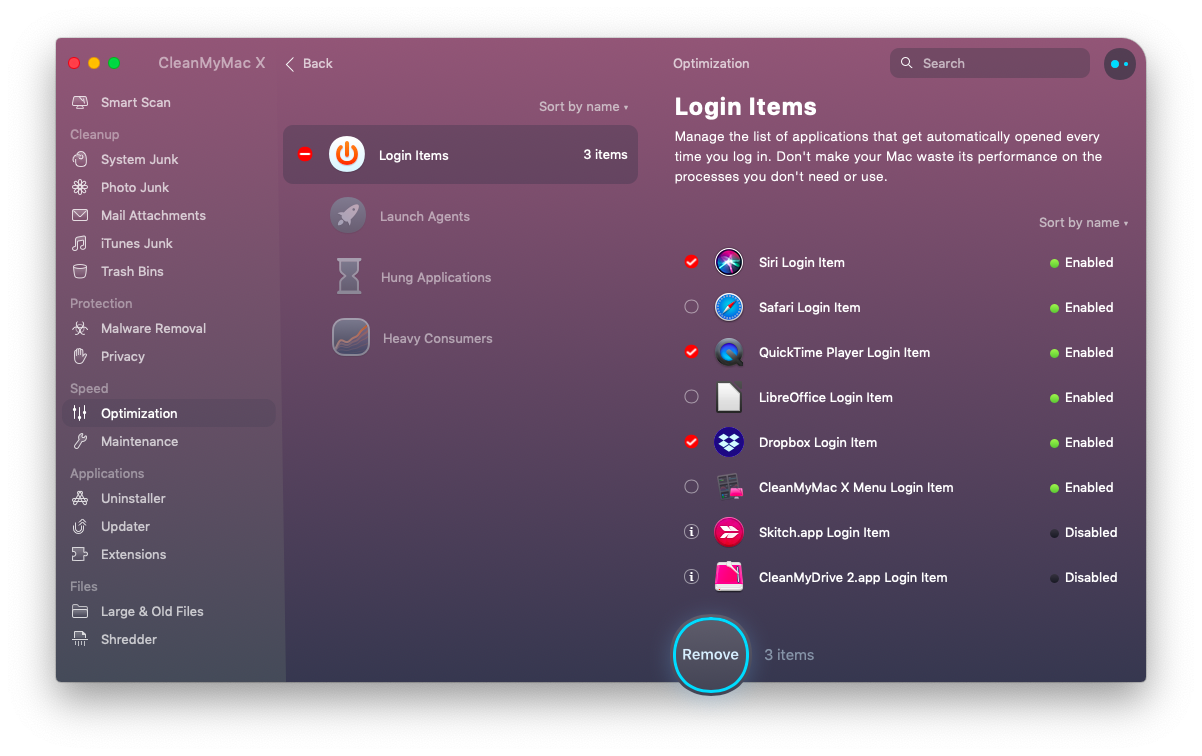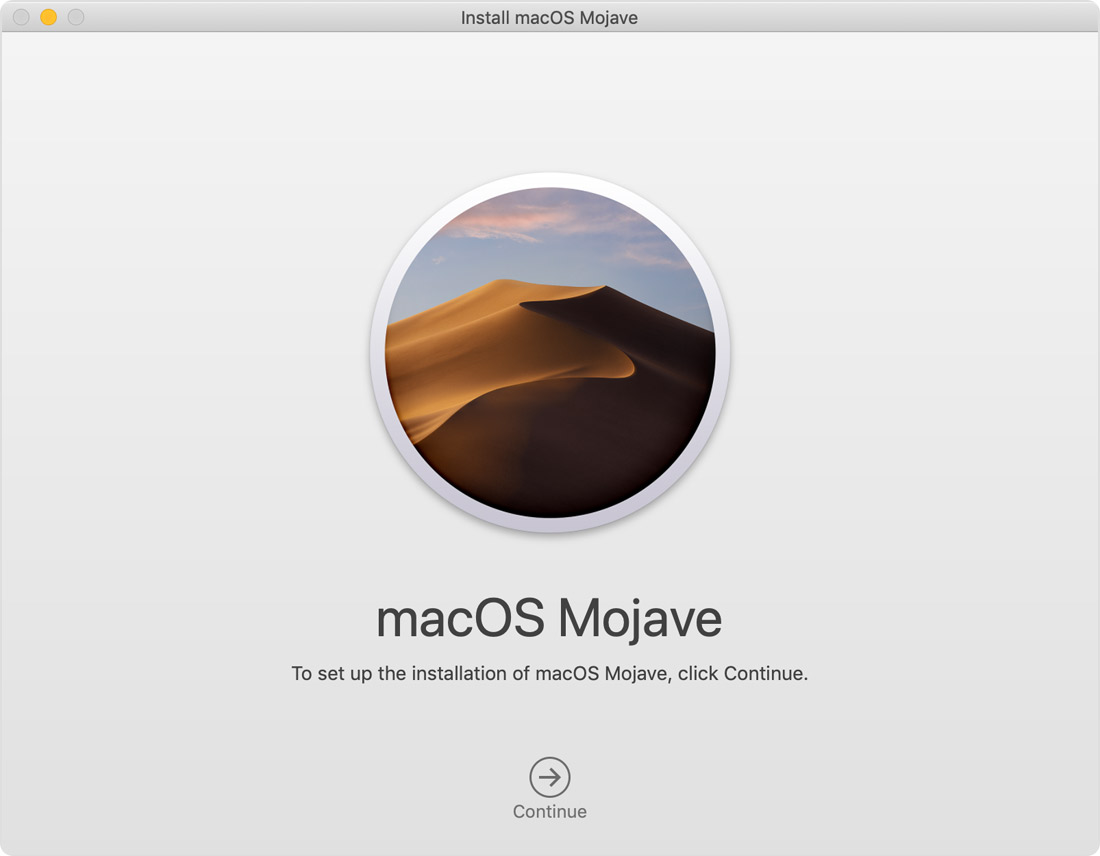If you don’t see the option to upgrade from the macOS Sierra to macOS Mojave in the update section of the app store, don’t worry. This guide will show you how to download Mojave using the installer. Step 1:-Go to App store Homepage instead of Update section. Step 2:-Click on the Features section and you can see the Mojave update on the slider. Click on Mojave. Install macOS 10.14 Mojave on Mac Pro (Mid 2010) and Mac Pro (Mid 2012) - Apple Support. NB you MUST install High Sierra 10.13.6 at some point in that transition.
There are multiple important reasons why you should keep your Mac OS Version up to date; with the main reason being security. For example, in this last version of Mojave one of the facilities that plays a crucial role in keeping your Mac safe is Oversight, and the latest update means that just like with your iPhone and iOS, it will alert you when an application wants permissions to hardware such as the camera and microphone; which it may have been able to access before without permission; quite intrusive indeed.
This update is the fourth update in the Mojave Mac OS series. Mojave in itself is the fifteenth release in the series of Mac Operating Systems. Some of the more notable features included with this update include support for your subscription to Apple news+, if you have such a thing. This allows you to sign up to many different magazines and newspapers for a monthly fee. Citizens from Canada will also have access for the first time to Apple News.
Another critical update concerning the browser Safari is being able to log in to websites using Autofill automatically. Also if you have chosen to use the Dark Mode feature of Mojave in the previous release of the operating system following this latest update to 10.14.4, if you go to a website that supports dark mode, then you will be able to update automatically. It will also try to automatically resolve any issues that you may have with Wi-Fi connectivity after having upgraded to the most recent version of Mac OS Mojave. It will also improve the reliability of USB audio devices massively when used with MacBooks which were released last year. Finally, if you notice that the audio quality has decreased; this will be resolved with this latest update of Mac OS Mojave.
What if I can’t install Xcode?
If you find yourself struggling to install Xcode on your Mac OS system, this could be because you don’t have a Mac OS version that supports Xcode. Currently, Xcode supports Mac OS 10.14.3 or later, so if you have one of the first two instalments of Mojave or any earlier versions of Mac OS you will have to update your OS to be able to use Xcode.

VMware is a Virtual Machine that can be run even if you have a desktop that runs Windows to be able to use both Mac OS Mojave and Xcode effectively. First and foremost you’re going to want to open the App Store in your Mac OS. When you see the box with a magnifying glass to be able to search type in the word ‘Mojave’, you should see a button saying ‘Get’.
Once the next window has loaded, you’re going to want to click this, and if there is an update available for you, the next screen you should see should have the title ‘Software Update’.
If it says there is no update available, you are up to date. If not it will give you another window with the update that is available. Go ahead and click the ‘Update Now’ button to install this latest update.

Once the installation of your 10.14.4 Mac OS Mojave update is completed, you’ll see a button called ‘Restart’. Go ahead and click this and your Mac will restart for the update to take full effect.
Once this is done, you have successfully upgraded to the latest version of Mac OS Mojave.
Manual Mac Os Update To Mojave Update
Mojave Mac Os
As we have mentioned today, it is essential that you keep your Mac OS version up to date otherwise you could not only be missing out on new features that arrive with these updates, but you could also be leaving yourself vulnerable to cyber attacks due to not having installed any security updates.